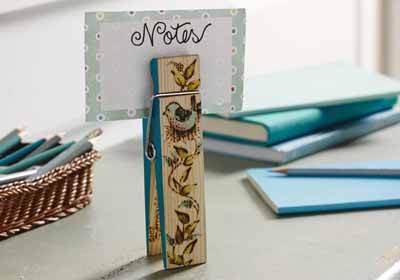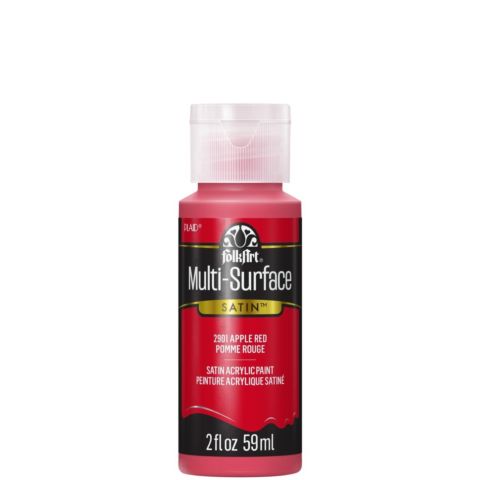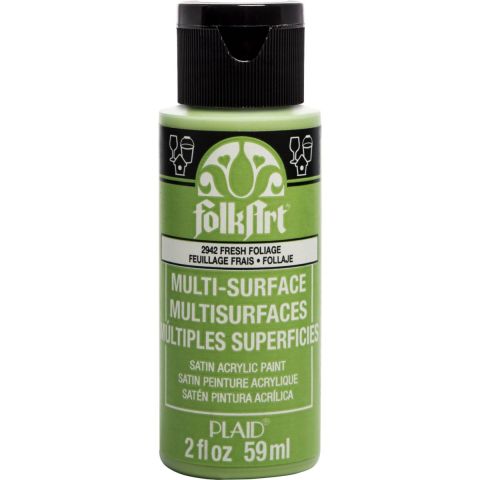
Create a special wood-burned noteclip to get your desk better organized.
Instructions
- If desired, sand the wood clothespin note clip smooth.
- Tip: When creating a wood burned project, select a wood surface that has a smooth, close grain without bumps, ridges or large pores.
- Using the pattern provided, trace and transfer the pattern onto the clothespin note clip or create your own pattern.
- Insert the desired tip into the 2-n-1 Craft Tool and screw into place until it no longer moves. There are four different wood burning tips Universal Point (angled chisel edge tip), Flow Point (looks like a rounded metal dowel tip), Shading Point (appears like a leaf shape) and the Cone Point (which looks like a rounded tip cone similar to a ballpoint pen) as well as two super fine point tips which are perfect for cutting stencils: a Straight Tip and a Curved Tip. Each tip or point will provide you a completely different wood burn look. Try each tip on a scrap piece of wood or on the back of your project to “test” the tips and determine the look that can be achieved with each tip. This project used the “universal point” tip for all the line work on this project. The leaves were created using the “shading point.” Once inserted and screwed down in place, rest your tool on the metal easel/stand that comes in the package. Lastly, plug your 2-n-1 Craft Tool into a wall socket and flip the switch to turn it on. Allow a couple minutes for the tool to heat up.
- Tip: To lock your easel/stand in place so that the hot wood burning tool does not shift, place a length of stencil tape over the legs of the easel/stand and tape it to your work surface.
- When the tool is hot, using light pressure begin touching the surface with the point of the universal point and move towards you directing the heated tip to follow the pencil lines of your pattern.
- To create the pattern of wood burned leaves, switch the tip to the shading point and lightly touch the surface on edge then quickly rock to the opposite side.
- Tip: To change tips, either turn the unit off and unplug it from the wall to allow it to completely cool down before handling, OR keep a pair of flat nose jewelry pliers handy to grasp onto the hot tip when removing it from the tool. This will allow you to burn the outline of the leaves rather than the full leaf.
- Tip: To intensify the burn or darken an area to shade, simply go over the burned area a second time.
- To create the dots that are scattered throughout the design, switch the tip to the cone point. To create even dots, hold the tool straight up vertically when touching the surface.
- Tip: The longer you hold the tool in one place of the more pressure you apply, the larger and deeper the wood burned dot.
- Erase any exposed pencil lines after all wood burning is completed.
- Tip: Exposed pencil lines can be removed with an eraser after the entire design has been completed.
- If desired, embellish the wood burned pattern with a light wash of color using FolkArt Multi-Surface Paints. I thinned each color with a small amount of water, then lightly brushed the thinned paint onto the area to be colored. The bird was painted Patina with a blush of Apple Red on his belly and cheek. The leaves were painted Fresh Foliage.





